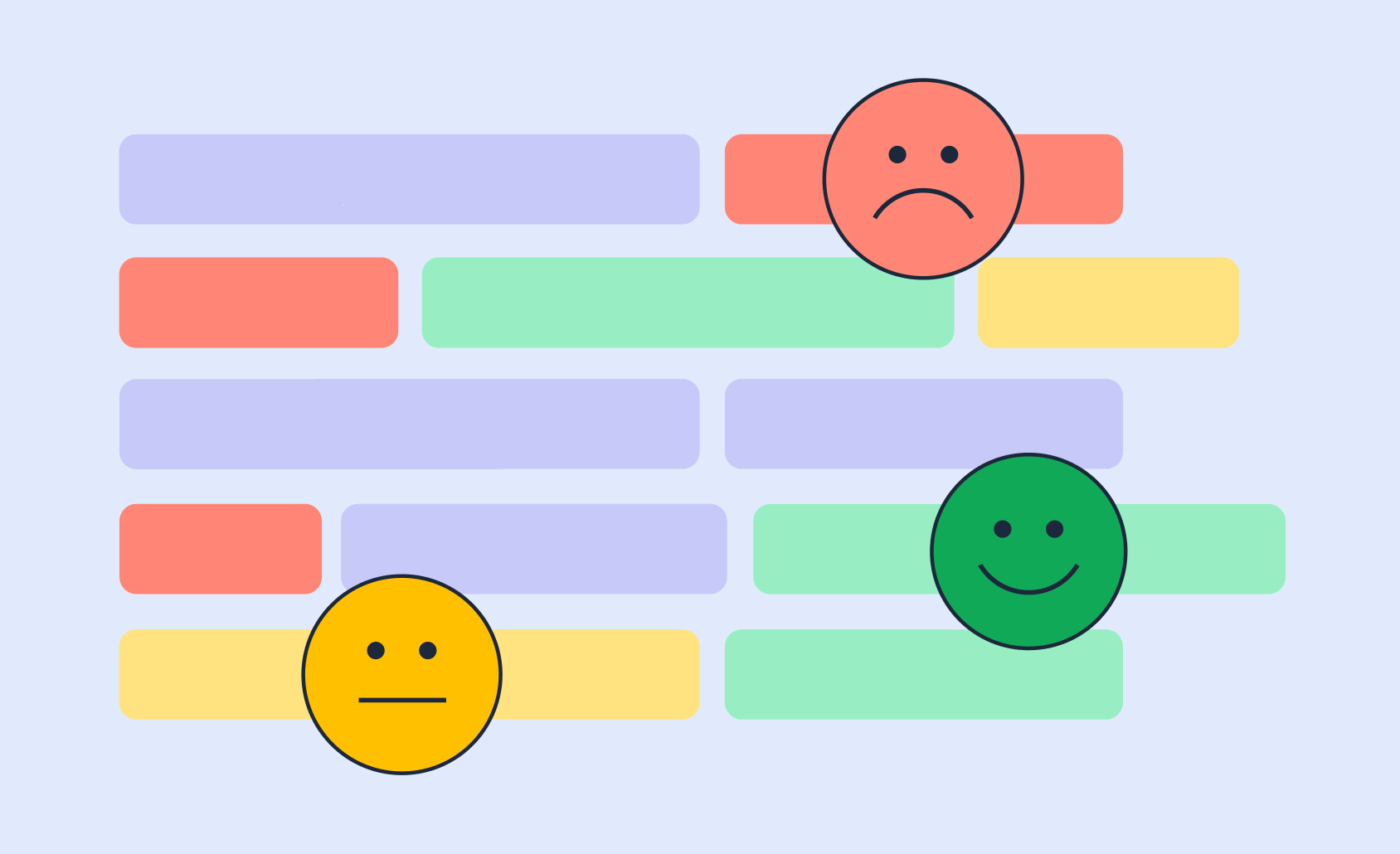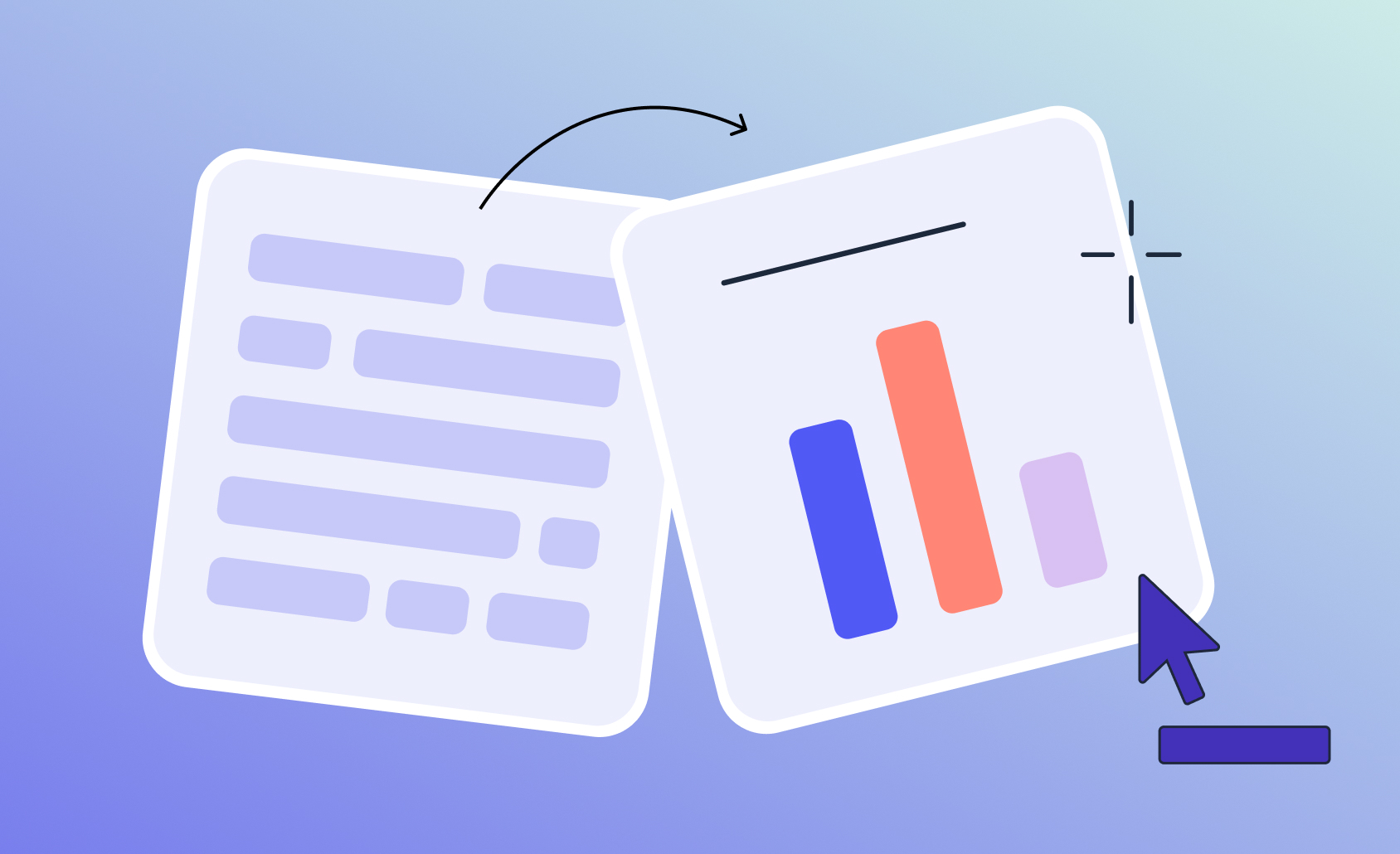
Implement Text Analytics for Effective Sentiment Analysis

Introduction to Sentiment Analysis
Text analytics and sentiment analysis are essential tools for businesses to understand what people are saying about them online. While text analytics transforms unstructured data (like social media posts, reviews, and comments) into actionable insights, sentiment analysis goes a step further to determine whether those texts express positive, negative, or neutral emotions.
This guide will walk you through how to implement text analytics and sentiment analysis effectively in your business. You'll learn essential techniques for processing text data, practical steps for sentiment detection, and strategies to handle challenges like sarcasm and context-dependent meanings. By the end, you’ll have concrete methods to extract meaningful insights from your data.
Ready to decode what your customers are really saying? Let’s dive into the world of text analytics—where every word counts!
Understanding Text Analytics and Sentiment Analysis
Text analytics involves examining unstructured text to uncover trends, themes, and patterns. Sentiment analysis, a subset of text analytics, focuses specifically on determining the emotional tone of the text—whether it is positive, negative, or neutral. Together, these tools help businesses uncover hidden insights from customer feedback, reviews, and other text-based data.
Text analytics is crucial for data-driven decision-making, as it enables businesses to identify trends and patterns that guide marketing strategies, product improvements, and customer experience enhancements. Sentiment analysis plays a key role within this process, providing a deeper understanding of customer attitudes and emotional responses. Its applications are vast, spanning industries such as marketing, customer support, human resources, and product development.
To conduct robust text analytics, businesses must focus on key components, including data collection, cleaning, preprocessing, analysis, and visualization. These steps ensure that the insights derived from text data are accurate and actionable.
Techniques and Challenges in Text Analytics
Natural Language Processing (NLP) techniques form the foundation of text analytics. NLP enables computers to understand and process human language by breaking text into smaller components through tokenization, lemmatization, and part-of-speech tagging. These techniques are complemented by machine learning algorithms that classify text, predict sentiment, or extract entities using training data.
Statistical methods, such as sentiment scoring and word frequency analysis, are also commonly used to assess the tone of text data. However, text analytics is not without challenges. Sarcasm and irony can easily mislead sentiment analysis algorithms, while ambiguous or context-dependent language may result in inaccurate interpretations. For example, the word "cold" might describe temperature in one instance and attitude in another, depending on the context. Addressing these challenges requires a careful consideration of contextual clues and linguistic nuances.
Implementing Text Analytics: Best Practices and Future Trends
To implement text analytics effectively, it is essential to choose the right tools and technologies. Text analytics software with features such as sentiment analysis, text categorization, and entity extraction can significantly streamline the process. Additionally, proper data preprocessing is critical. This includes cleaning and organizing text data by removing duplicates, formatting inconsistencies, and irrelevant information, which improves the performance of text analytics models.
Evaluating the accuracy of text analytics models is another important step. Regular testing and fine-tuning ensure reliable results, especially as data sources evolve over time. The field of text analytics continues to advance, with new algorithms and AI-powered technologies making the process more accessible and powerful. Real-time sentiment analysis, in particular, has gained importance, allowing businesses to respond instantly to emerging trends and issues, especially on social media. Furthermore, integrating text analytics with other data sources, such as structured sales data, provides a more comprehensive understanding of business performance, check out this example of a text analytics dashboard.
Sentiment Analysis in Practice
Sentiment analysis determines the emotional tone of customer feedback, reviews, and comments. It classifies text as positive, negative, or neutral, providing insights into customer satisfaction. Analyzing sentiment trends over time helps businesses identify patterns in customer happiness and pinpoint areas that need improvement. Sentiment analysis is especially valuable for customer support teams, as it can detect highly negative feedback, allowing them to prioritize support and prevent potential escalations.
Using AI for Sentiment Analysis
AI models are revolutionizing sentiment analysis by processing large volumes of text data quickly and accurately. Machine learning algorithms improve over time as they learn from new data, enhancing their ability to detect sentiment and understand context. Natural Language Processing (NLP) techniques capture the subtleties of language, such as tone and contextual meaning, while deep learning algorithms uncover deeper insights from text data. Real-time processing capabilities allow businesses to act quickly on feedback or emerging trends, ensuring that they stay ahead of customer expectations.
Extracting and Analyzing Text Data
Analyzing unstructured text data involves organizing and extracting relevant insights. Label extraction is a key technique, identifying recurring themes like “delivery speed” or “customer service” to group similar data. Name extraction, on the other hand, involves identifying specific entities like products, people, or organizations, which can then be categorized for further analysis. Keyword frequency analysis supplements these methods by highlighting commonly used terms, which can reveal topics of interest or emerging trends. AI does a great job at coming up with themes for you.
Handling Feedback and Social Media Sentiment
Effectively managing user-generated feedback and social media sentiment is essential for maintaining brand reputation and customer trust. Responding promptly to negative comments demonstrates accountability and can de-escalate potentially harmful situations. Viewing feedback constructively, even when it’s harsh, allows businesses to improve their offerings. To manage social media sentiment effectively, companies must also differentiate between genuine complaints and trolling, addressing the former while ignoring the latter.
Text Analytics and Sentiment Analysis
Text analytics and sentiment analysis are invaluable tools for transforming customer feedback into actionable insights. However, traditional methods can be time-consuming and complex, often requiring significant manual effort.
That’s where Displayr comes in. With its AI-powered capabilities, Displayr offers a faster, easier, and more accurate way to conduct text and sentiment analysis. From text cleaning to advanced visualizations, Displayr simplifies every step, allowing you to focus on what matters—insights.
Don’t let manual processes slow you down.
Try Displayr for free today and unlock the full potential of your text data effortlessly!



